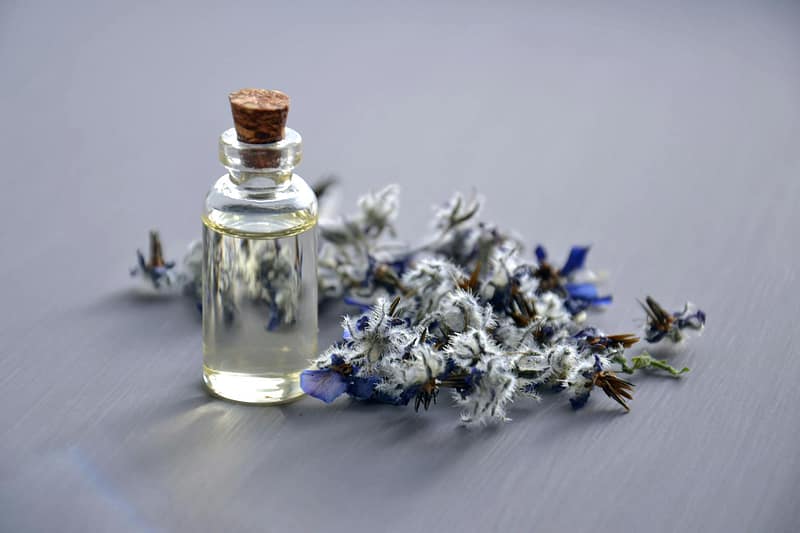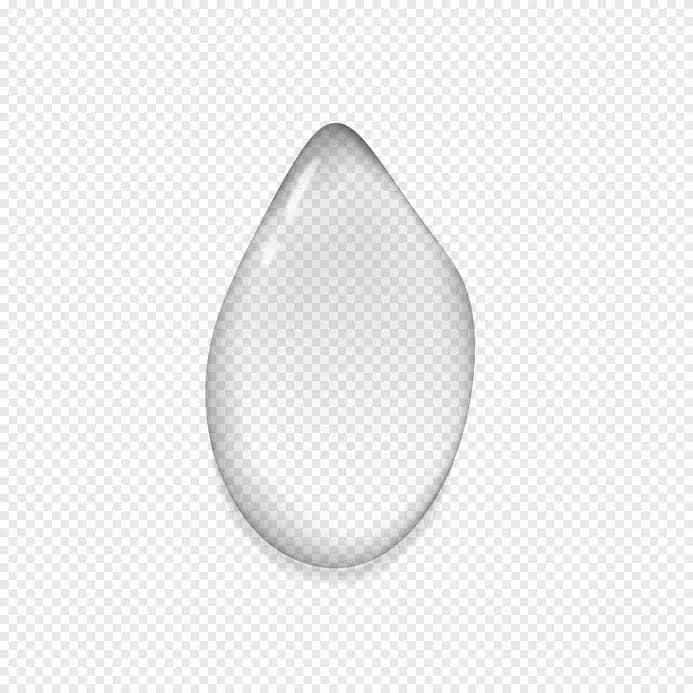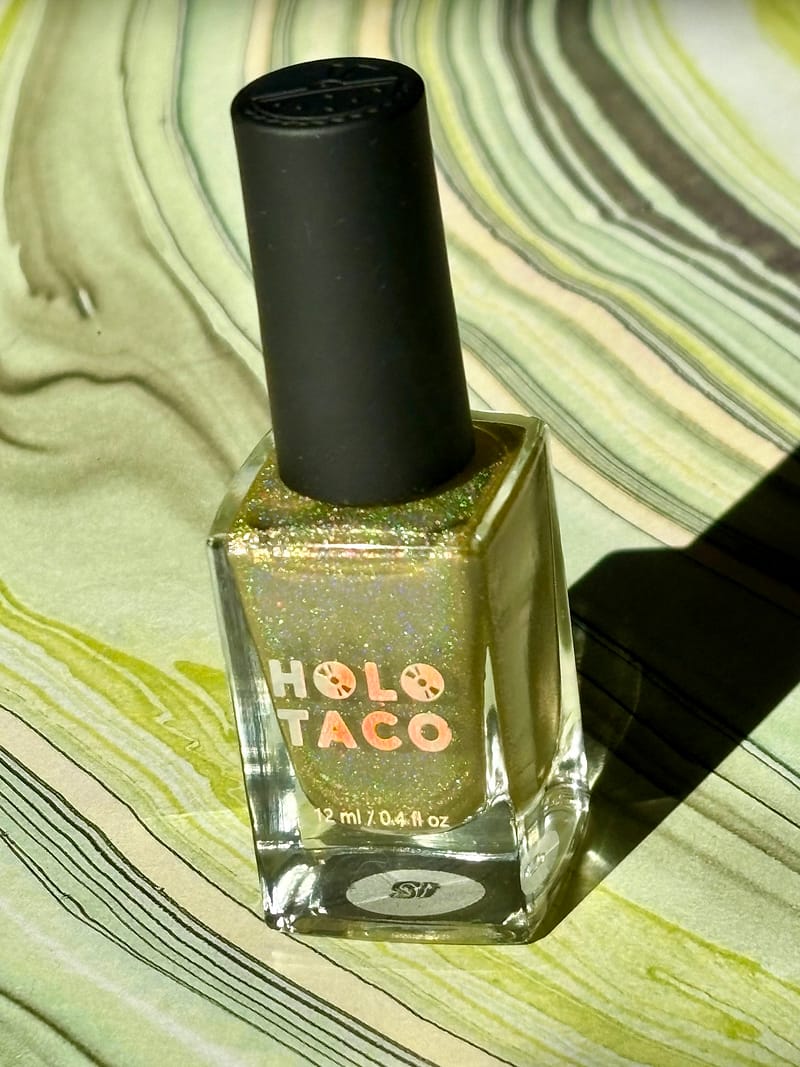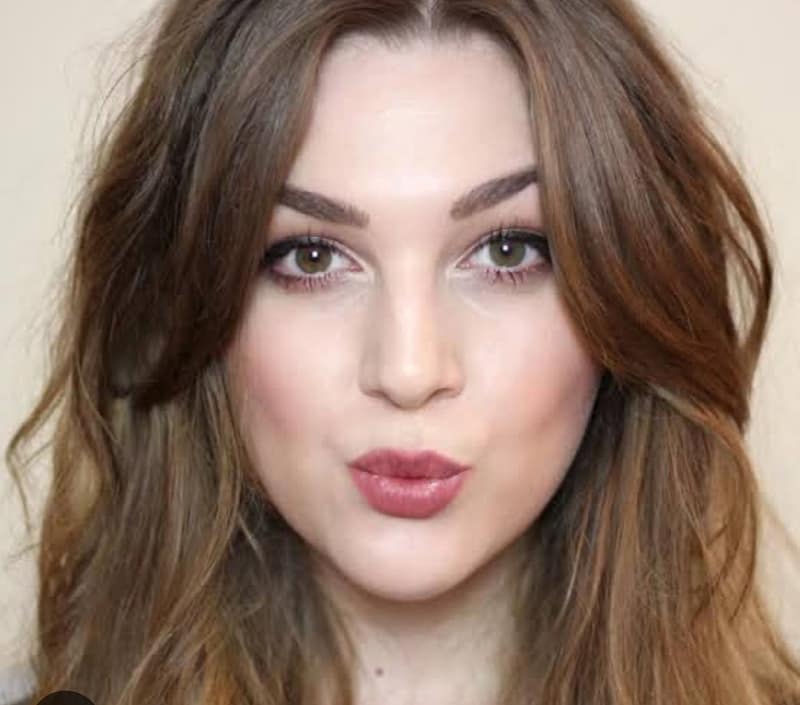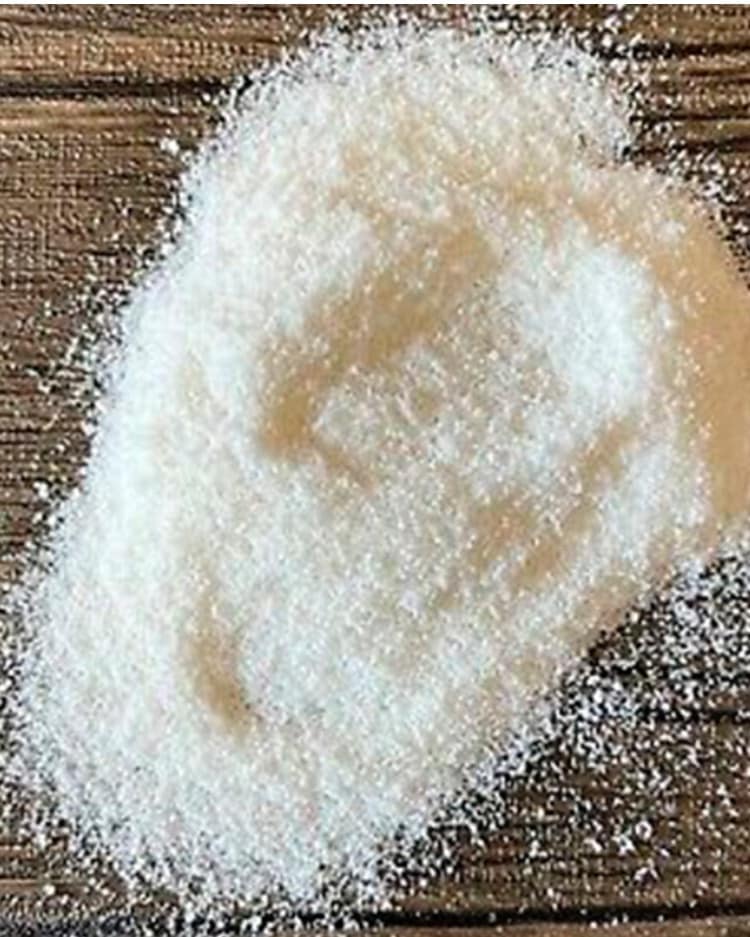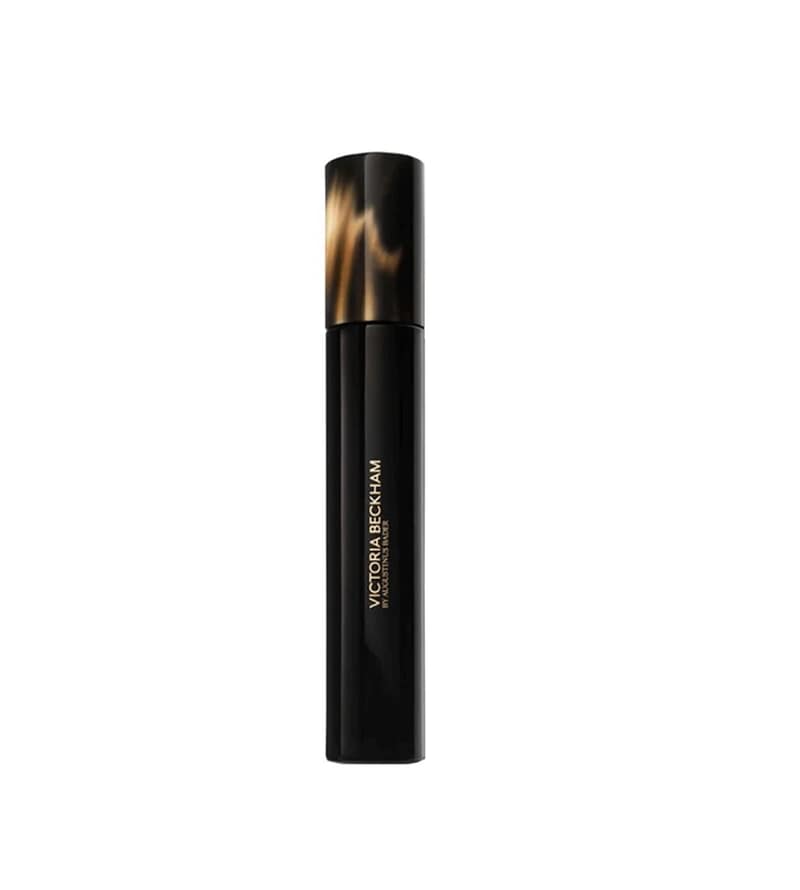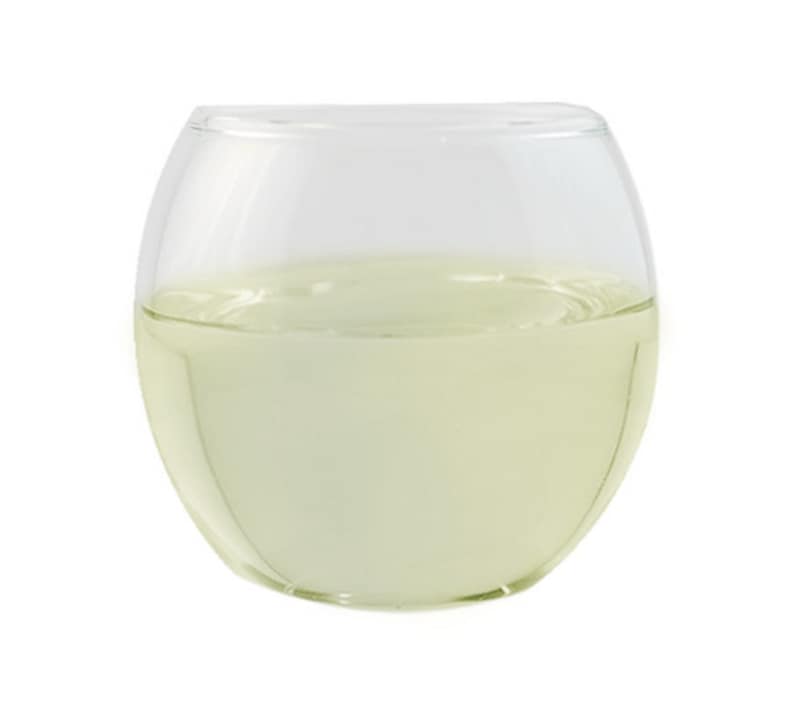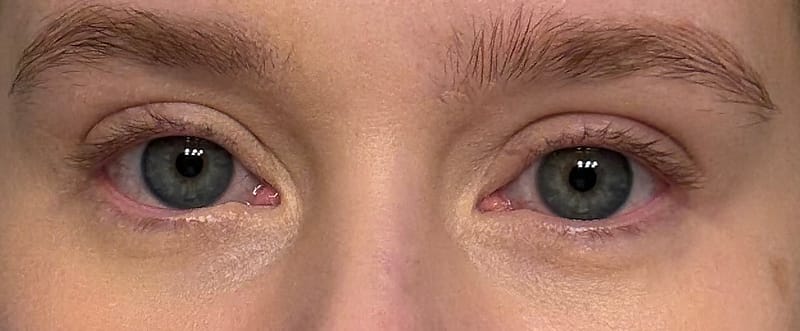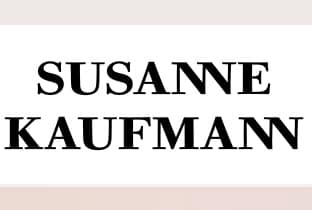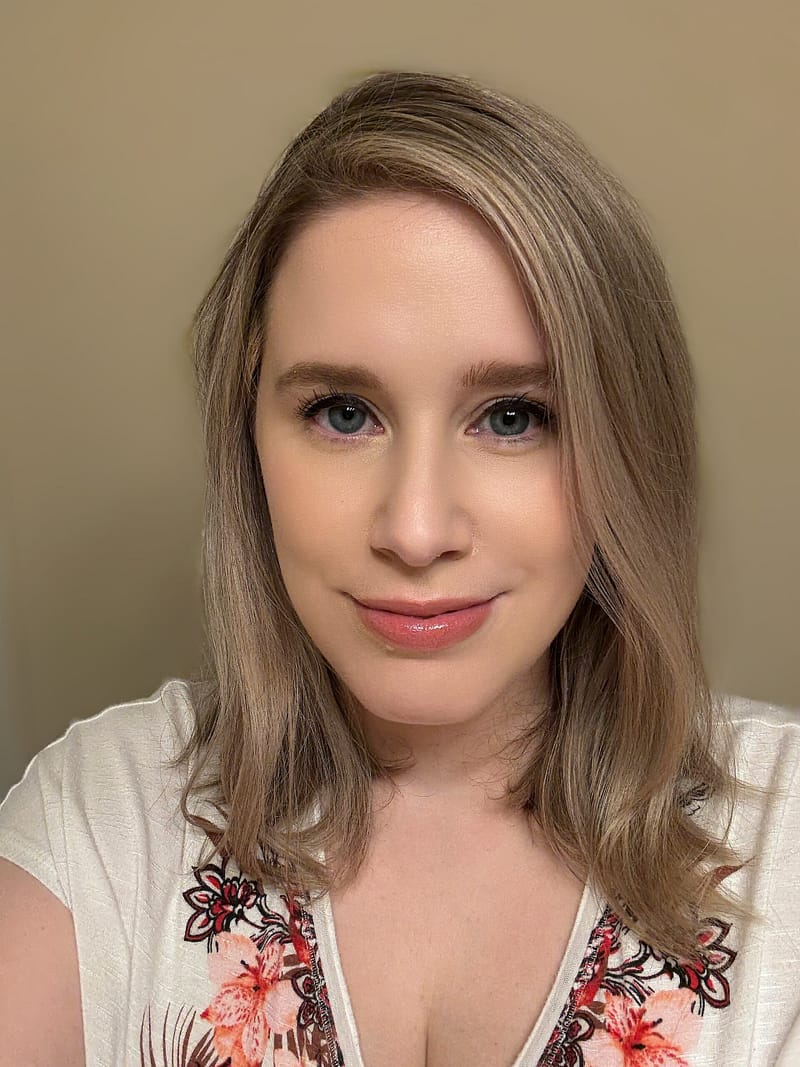You know what sucks? Spending $85 on a moisturizer that smells like a botanical garden and then finding out it might be ruining your skin barrier and inflaming your sinuses. Welcome to the chaotic world of fragrance in cosmetics—where everything smells suspiciously like roses, but costs more than your student loan payment.
Let’s sniff our way through the history, science, and scandal of cosmetic fragrance. Yes, that’s a sentence I just typed on purpose.
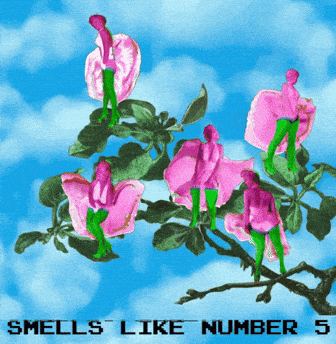
💐 A Brief History of Smelling Fancy
Fragrance in cosmetics is not new. Ancient Egyptians were slathering themselves in scented oils around 3000 BCE because hygiene was a flex and a necessity when you’re living in a desert with no Febreze. They used natural ingredients like myrrh, frankincense, and rose to ward off both body odor and bad juju.
The Greeks and Romans took this trend and ran with it, bathing in scented waters and even perfuming their pets. Fast-forward to 17th-century France, and you’ll find entire court systems smelling like lavender and privilege to mask the stench of never bathing. Yum.
By the 20th century, fragrances went industrial. Synthetic scent compounds were born, and suddenly your lipstick could smell like cherry soda instead of beeswax and boredom.
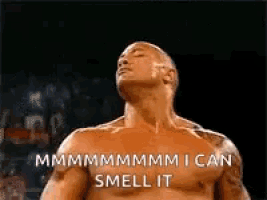
🔬 What’s Actually In Fragrance?
Here’s where things get sketchy.
In the beauty industry, “fragrance” is a catch-all term—basically the legal equivalent of a shrug. It can represent a cocktail of 10 to 100+ ingredients, natural or synthetic, designed to make your product smell like a field of dreams or a vanilla cupcake.
Common sources include:
- Essential oils (e.g., lavender, rose, peppermint)
- Botanical extracts (e.g., orange peel, jasmine)
- Synthetic aroma chemicals (e.g., linalool, limonene, phthalates)
And companies? They don’t have to tell you what they used. Thanks to trade secret protections, “fragrance” on an ingredient list is basically the legal version of “don’t worry about it.”

✅ The Pros
Fragrance in cosmetics isn’t all evil. Sometimes it serves a purpose beyond making you feel like a sexy forest nymph.
- Sensory appeal: A good scent can make a product more enjoyable to use. This is especially true in self-care—think bath bombs, lotions, and hair masks.
- Brand identity: That signature smell? Yeah, brands bottle that consistency like gold.
- Masking unpleasant base scents: Raw ingredients don’t always smell cute. Fragrance can cover up the stank.
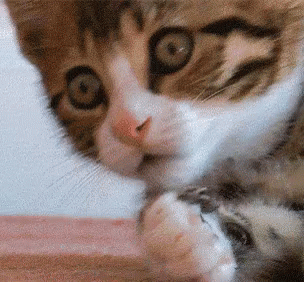
❌ The Cons
Buckle up, buttercup. Here’s where things go sour.
- Allergic reactions: Fragrance is a top offender when it comes to skin irritation and contact dermatitis.
- Respiratory issues: Some people get headaches, asthma attacks, or nausea from scented products—even ones labeled “natural.”
- Hormone disruption: Some synthetic fragrance components (especially phthalates) are suspected endocrine disruptors.
- Lack of transparency: You deserve to know what’s in your skincare. The industry says lol no.

💣 Scandals That Reek
Let’s not pretend the fragrance industry is all sunshine and vanilla beans. There have been decades of shady behavior, including:
- Undisclosed allergens: Major brands have been called out for hiding allergenic compounds under the “fragrance” label.
- Phthalate panic: A 2002 study revealed that many popular cosmetics contained phthalates linked to reproductive issues—and weren’t listed on labels.
- “Fragrance-free” lies: Some brands slap “fragrance-free” on a product that still contains masking scents or botanical oils that serve a fragrance function. If it smells like something, it’s not fragrance-free.
And let’s not forget the greenwashing—where “natural fragrance” is used to imply safety, even though essential oils can be just as irritating and volatile as synthetic ones. You know what’s natural? Poison ivy. That doesn’t mean I want it in my face cream.
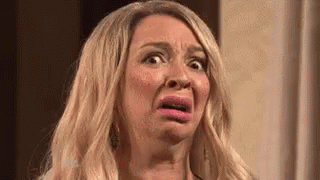
🧪 So… Should You Avoid It?
Like most things in skincare, it depends.
- If you’ve got sensitive skin, eczema, or allergies, fragrance-free is probably your safest bet.
- If you love a sensory experience and haven’t had any issues, carry on—just be informed.
- If a brand refuses to tell you what their fragrance is made of? Run, don’t walk.

🧼 The Final Whiff
Fragrance in cosmetics is a complex blend of history, chemistry, marketing, and straight-up nonsense. It can elevate a product or sabotage it. It can make your nighttime routine feel luxurious—or leave you with an itchy red rash and an armful of hives.
The power lies in knowing what you’re buying and deciding what you’re willing to risk for the joy of smelling like a sugared fig in a cashmere robe.
Choose wisely. And maybe patch test.
Want more no-BS beauty breakdowns? Subscribe to the Kristen Experiments, where I sniff out the science behind your favorite trends—without giving you a headache.
Further Reading:
“Benefits and Risks of Fragrance in Cosmetics.” Clinikally.
“Fragrances in Cosmetics.” Food & Drug Administration. February 28, 2022.
“Right to Know: Exposing Toxic Fragrance Chemicals in Beauty, Personal Care and Cleaning Products.” Breast Cancer Prevention Partnership
“Safe Use and Fragrance Science.” The International Fragrance Association.
Schwarcz, Joe. “The Story of Perfume.” McGill Office for Science and Society. March 20, 2017.
“Where State-of-the-Art Science Enables the World to Enjoy Fragrance.” The Research Institute for Fragrance Materials.
